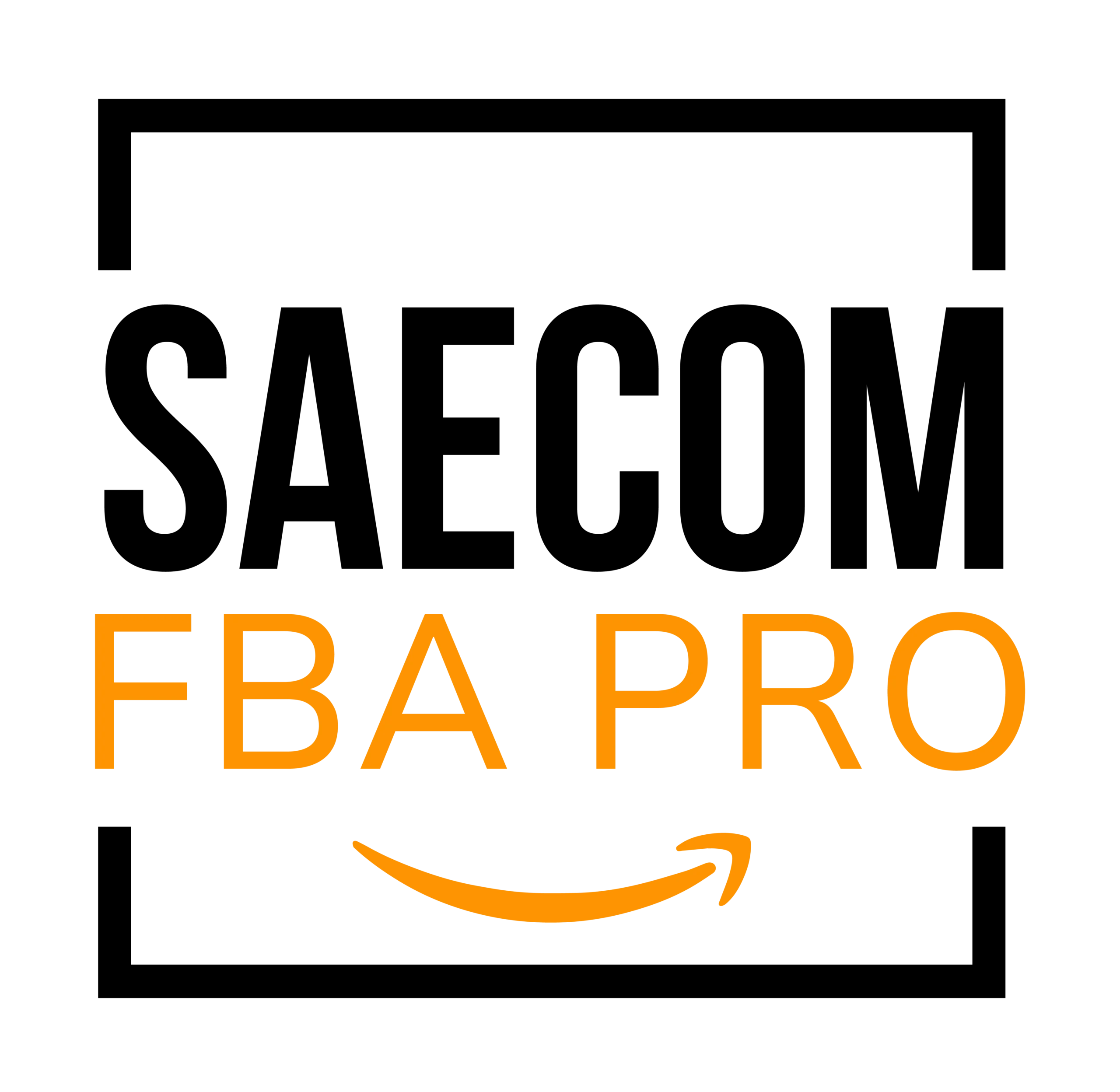Amazon Seller Accounts: Individual vs. Professional
Amazon offers two different types of seller accounts: the individual seller account and the professional seller account. Each option comes with its own pricing structure, features, and limitations, making it important to choose the right one based on your business goals.
Opting for an individual seller account doesn’t mean you’re any less of a “professional” seller. Any form of selling on Amazon is a legitimate business. However, the key differences between these two account types go beyond cost, affecting the tools, privileges, and selling experience available to you.
In this guide, we’ll break down the individual and professional seller accounts, highlighting their differences and helping you decide which one best suits your needs.
Key Differences between an Individual and Professional Seller Account

Many new Amazon sellers start with an individual account because it doesn’t require a monthly subscription fee, unlike the professional seller account.
However, while the individual account may seem like the budget-friendly option, it does come with limitations. On the other hand, a professional account provides additional features that can be crucial for scaling your business. Let’s dive into the details.
Individual Seller Account: Features and Costs
For beginners or those with a low volume of sales, the individual seller account can be a practical starting point. Below are the key aspects of this account type:
- No monthly subscription fee—it’s technically “free.”
- A $0.99 fee applies to every item sold
- No access to Amazon’s advertising tools
- Cannot apply to sell in restricted product categories
- Ineligible for the Buy Box, which means lower sales potential
- Limited to a single user account
While it may seem cost-effective, it’s important to remember that the $0.99 per-sale fee can add up quickly. Additionally, sellers still have to cover Amazon’s referral fees and any FBA storage and shipping costs if they use Fulfillment by Amazon (FBA).
If you’re selling just a few items per month, this account type could be a good fit. However, if you plan to scale your business, you may find the professional account more beneficial.
Professional Seller Account: Features and Benefits
If you’re expecting to sell more than 40 items per month, the professional seller account is the better choice. Here’s why:
- Monthly fee of $39.99, but no $0.99 per-sale fee
- Eligible to win the Buy Box, increasing sales potential
- Ability to apply for approval in restricted categories
- Can create and manage listings in bulk
- Access to advanced sales reports and analytics
- Ability to run promotions and use Amazon Advertising
- Compatible with third-party seller tools
- Can calculate U.S. sales tax within Amazon Seller Central
While the monthly fee might seem like an additional expense, sellers who move decent product volumes will often find that the savings on per-item fees quickly outweigh the cost.
Restricted Categories: What Can You Sell with a Professional Seller Account?
Amazon has certain product categories that require approval, often referred to as “gated” categories. With a professional seller account, you can apply for access to additional categories beyond what an individual seller can sell, including:
- Jewelry
- Watches
- Grocery & Gourmet Food
- Music, DVDs, and Blu-ray
- Streaming Media Players
- Services
- And more
It’s important to note that applying doesn’t guarantee approval. Amazon has additional criteria for sellers looking to gain access to these restricted categories.
What is the Buy Box and Why Does It Matter?

One major advantage of the professional seller account is the ability to win the Buy Box. The Buy Box is the section on a product page that features the “Buy Now” and “Add to Cart” buttons, making purchasing quick and seamless for customers.
Winning the Buy Box can significantly boost sales, but not all sellers are eligible. Here’s what affects Buy Box eligibility:
- You must have a professional seller account
- Sellers using FBA (Fulfilled by Amazon) often have an advantage
- Competitive pricing is key—but the lowest price isn’t always required
- Your seller performance metrics and account health play a role
For more details, check out our full guide on how to win the Amazon Buy Box.
Leveraging Third-Party Tools with a Professional Seller Account
Another powerful benefit of the professional seller account is access to third-party integrations. These tools help automate and optimize your business. Some of the most popular ones include:
- Repricer tools (e.g., RepricerExpress): Automatically adjust prices to stay competitive
- Product research tools (e.g., Jungle Scout): Find profitable products to sell
- Online arbitrage sourcing tools (e.g., Tactical arbitrage): discover sourcing opportunities
- Customer service tools (e.g., SageMailer): Automate customer communication
- Amazon scanner apps (e.g., Scoutify): analyze products before purchasing inventory
By leveraging these tools, professional sellers can streamline operations, maximize sales, and stay competitive in the marketplace.
Advertising on Amazon: Who Can Run Ads?

Amazon SEO is a key factor in ranking products, but pay-per-click (PPC) advertising is another major strategy for increasing visibility and sales. However, only professional sellers have access to Amazon’s advertising platform.
Amazon offers several types of ads:
- Sponsored Products: Appear at the top of search results
- Sponsored Brands: Help promote an entire storefront
- Sponsored Display: Allows ads to appear both on and off Amazon
If you plan to run Amazon PPC campaigns, a professional seller account is required.
Which Amazon Seller Plan is Right for You?
While we haven’t covered every minor detail, we’ve outlined the most important differences between individual and professional seller accounts.
For most sellers, the professional account is the clear winner. At $39.99 per month, it offers significant benefits that can help you grow your business.
That said, if you’re selling fewer than 40 items per month or just testing the waters, an individual account might be a better place to start.
For example, those selling used books may find that an individual account is enough, since books don’t qualify for the Buy Box and can’t be advertised with PPC. However, once sales exceed 40 units per month, upgrading to a professional account becomes more cost-effective.
Final Thoughts: Choosing the Right Amazon Seller Account
New Amazon sellers often prefer to avoid subscription fees in the beginning, which makes sense. But choosing the right account type doesn’t have to be overwhelming.
The good news is that you’re not locked in—you can switch between account types as your business evolves.
If you’re selling just a handful of products, start with the individual seller account.
If you’re going all-in on Amazon FBA, the professional seller account is the way to go.
There’s no one-size-fits-all approach—just pick what works best for your current situation and adjust as you grow.


